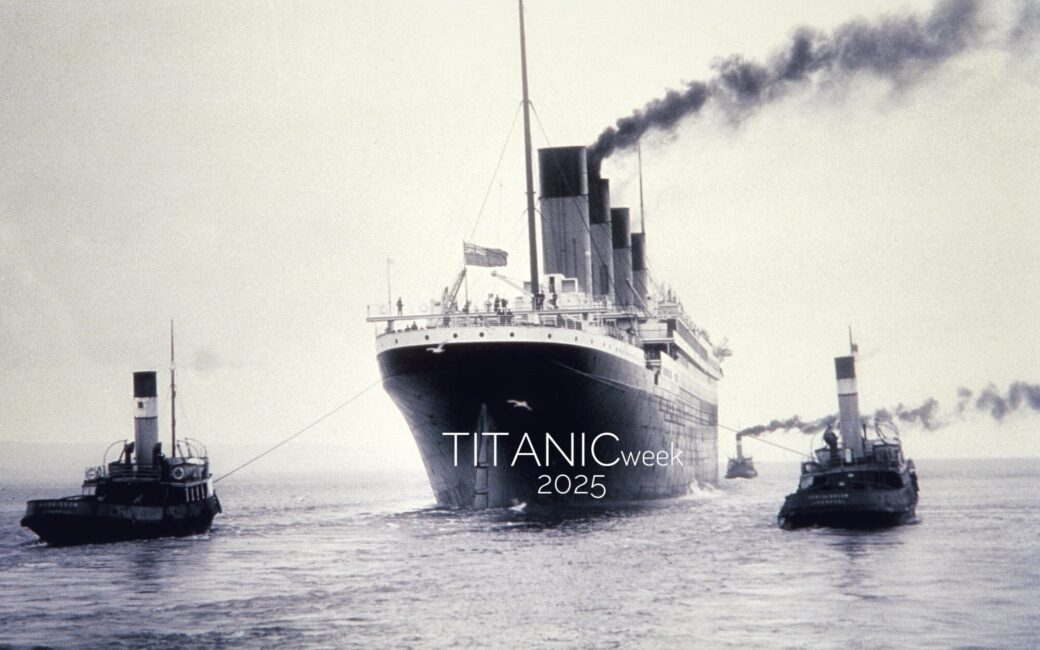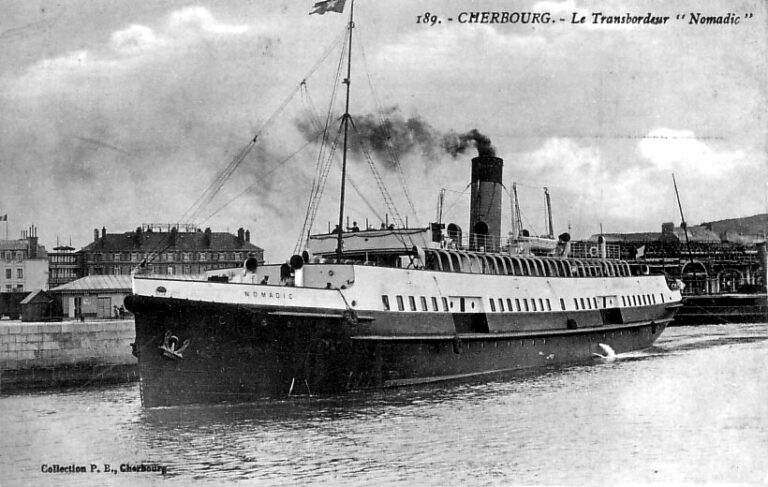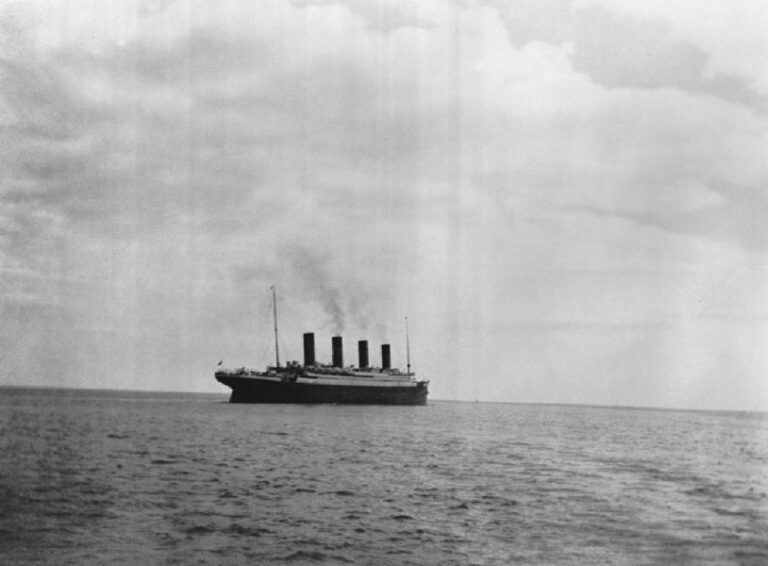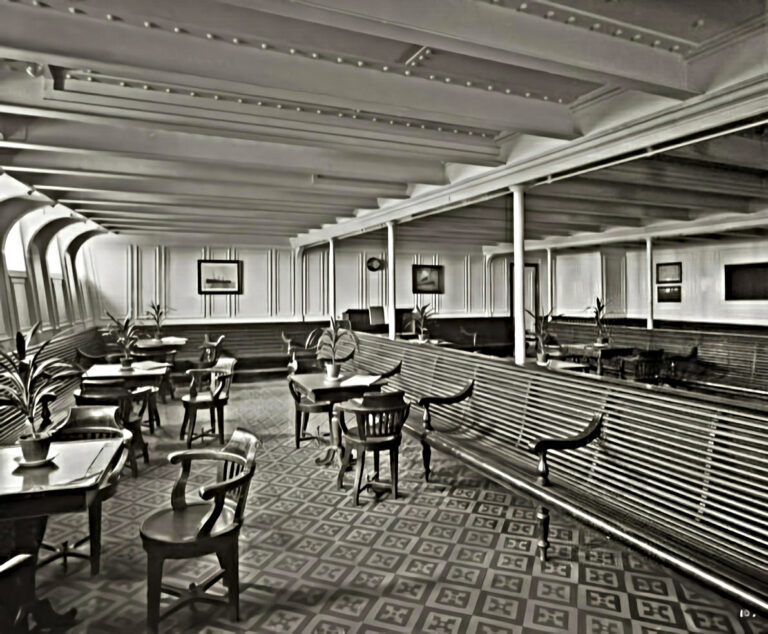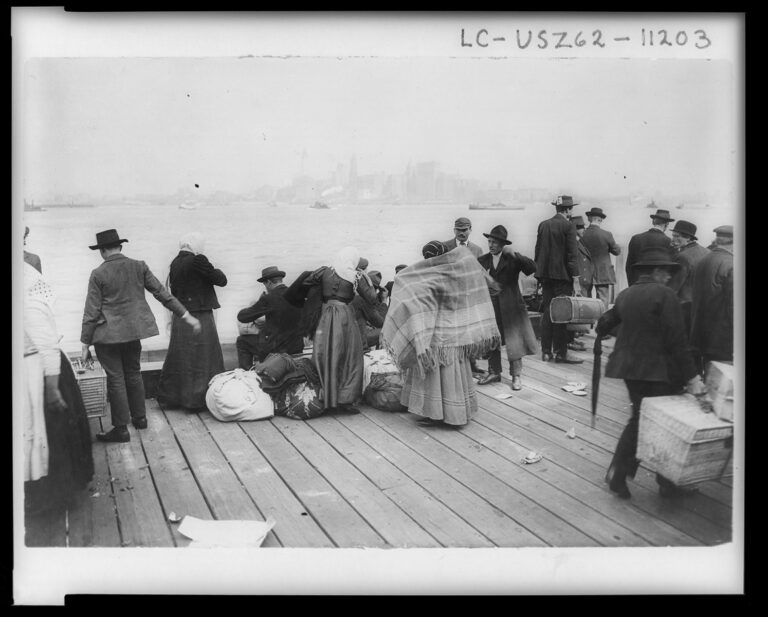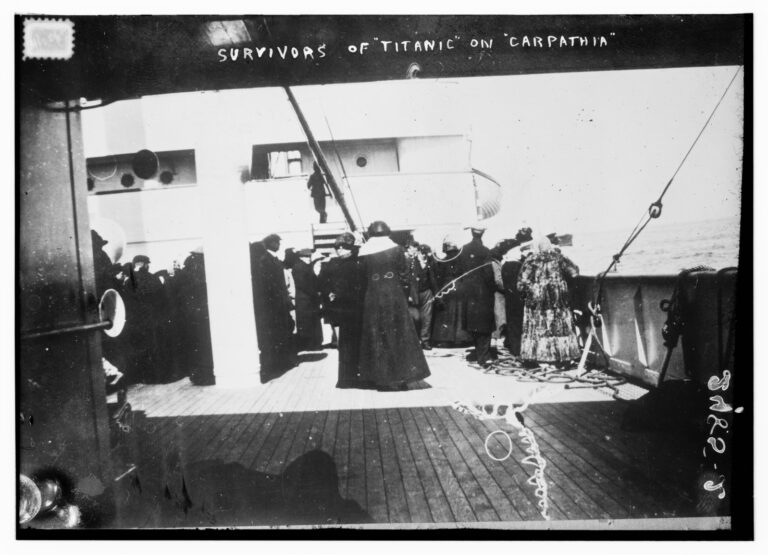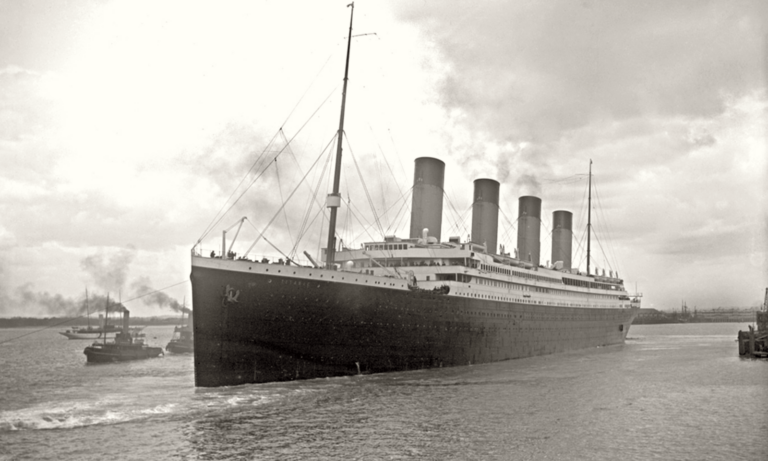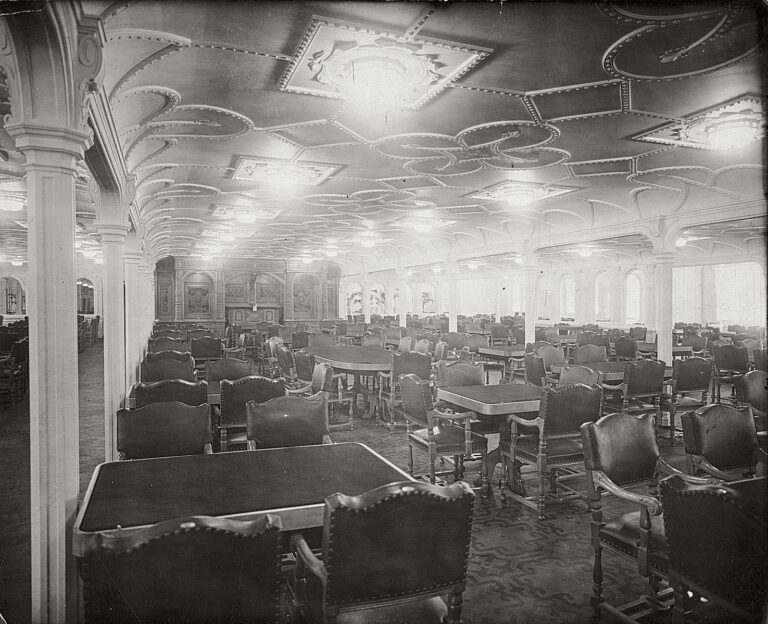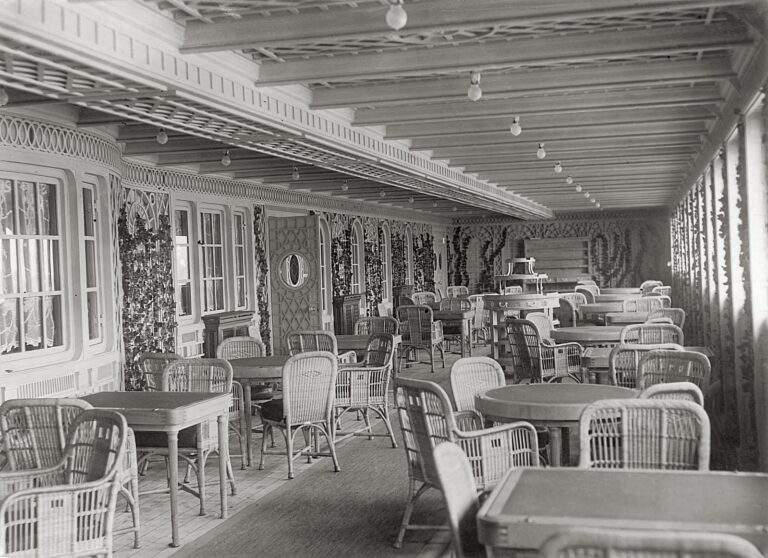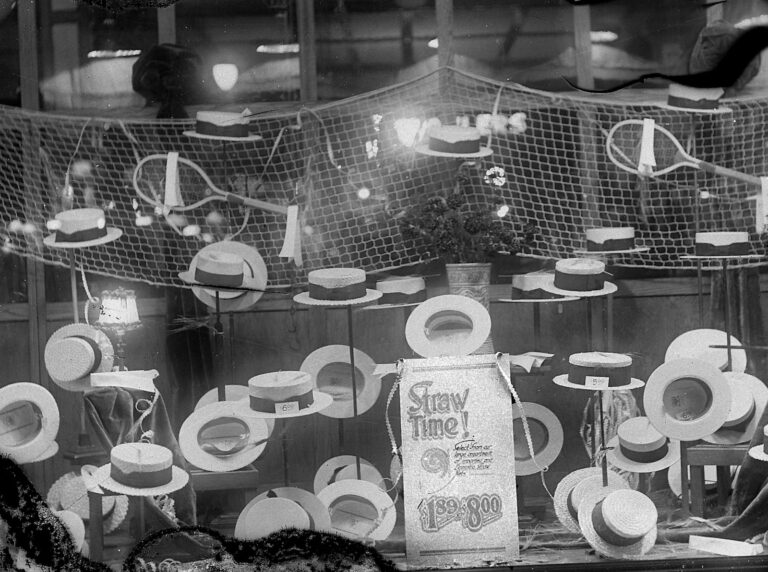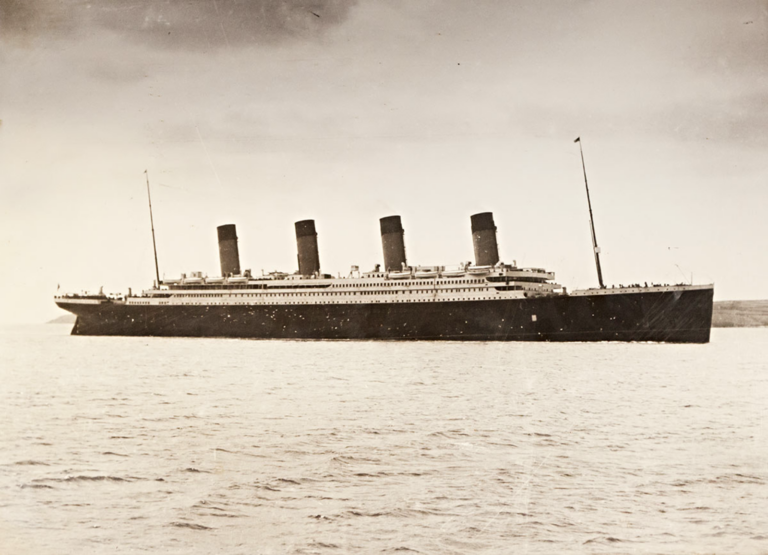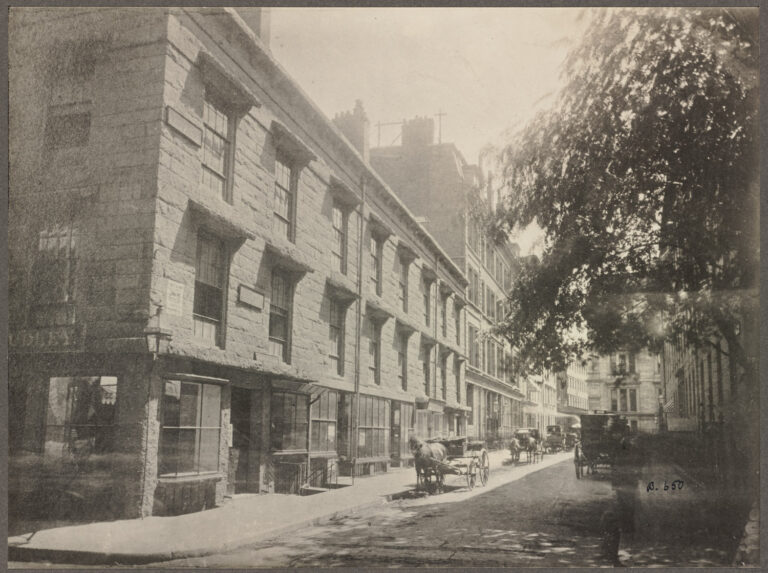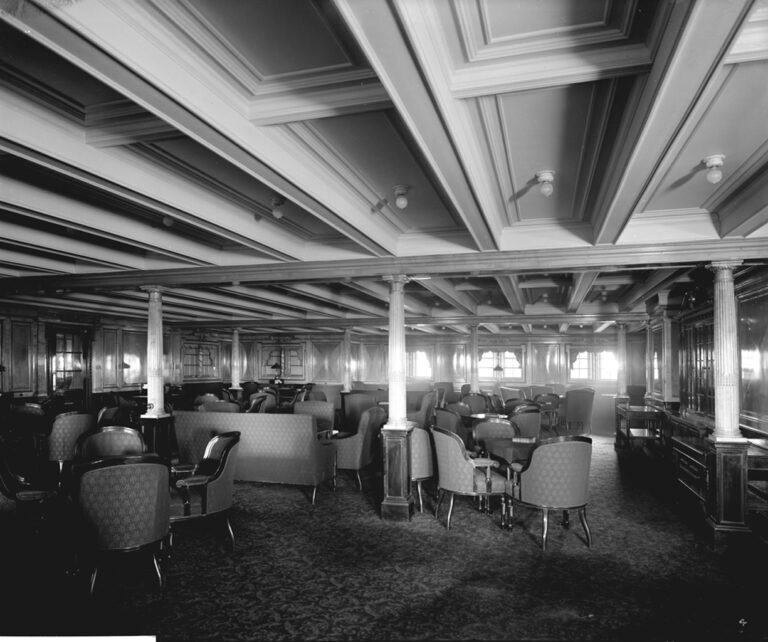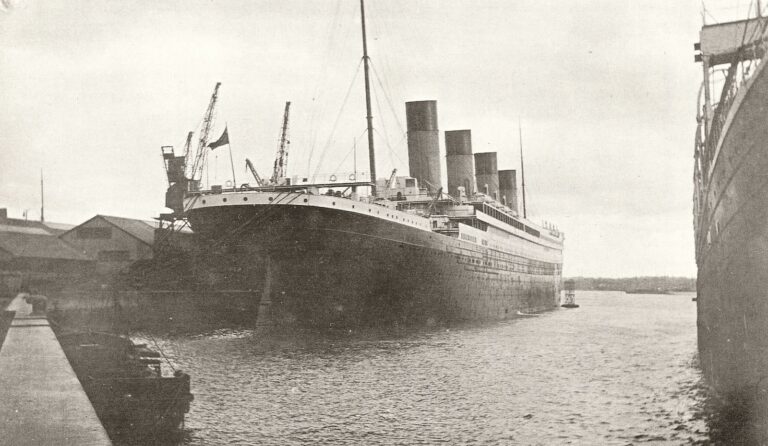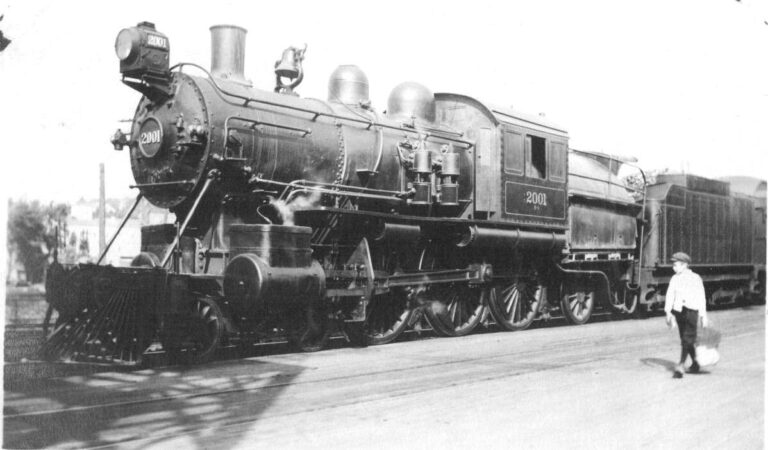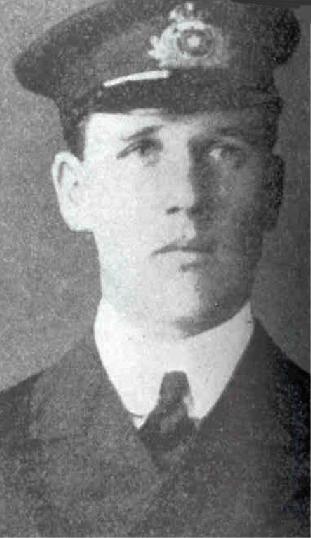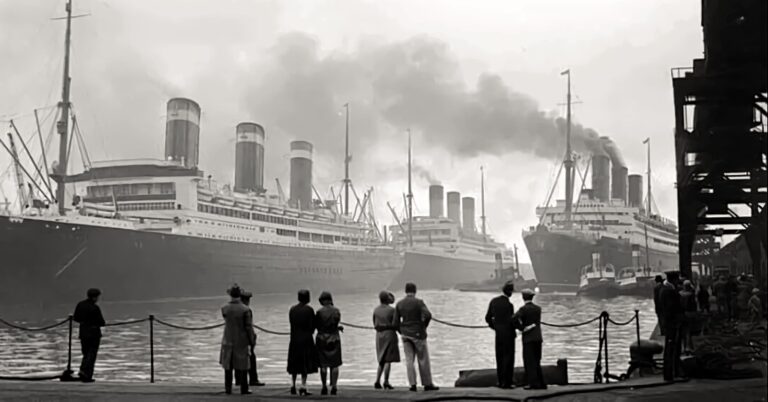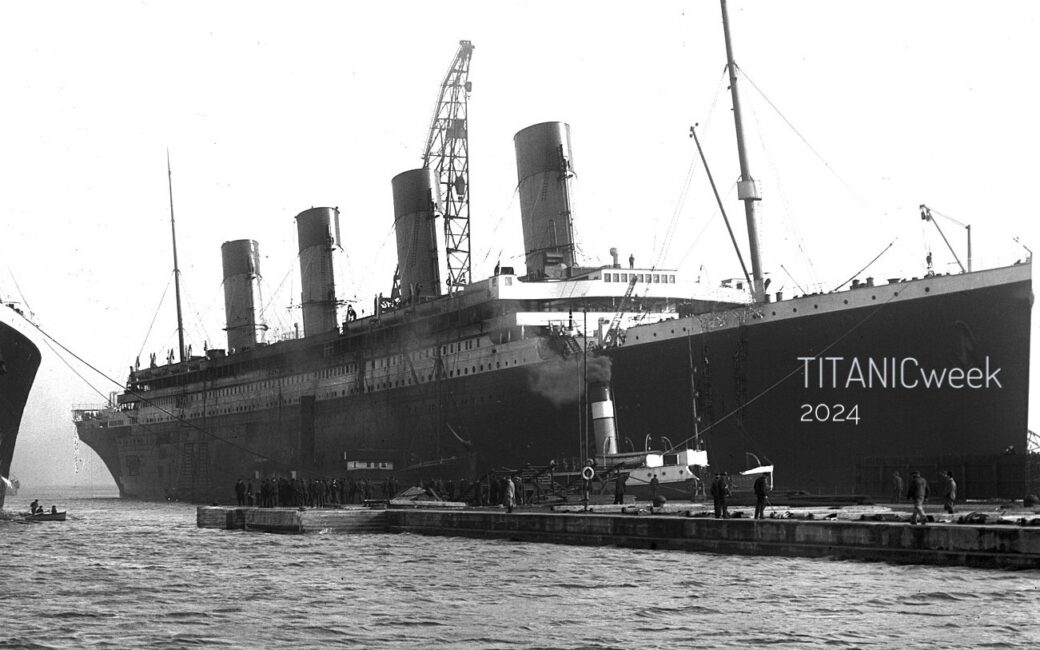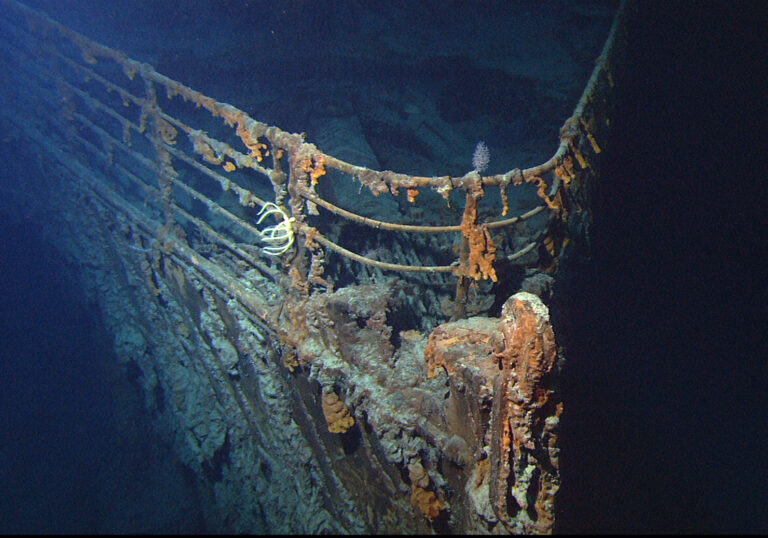"he Was Not Likeable": Alfred Nourney
Alfred Nourney was not a baron.
But he played one on the Titanic.
Alfred Nourney was from Cologne, Germany. He was 20 years old when he embarked on Titanic at Cherbourg, France, in the evening of April 10, 1912.
Research published in recent years has suggested that Alfred was banished by to the United States by his mother, after he had gotten a local woman pregnant. Alfred, on the other hand, insisted that he had been in Paris with his mother and had annoyed her into purchasing a ticket on his behalf.
Whichever might be true, Alfred intended to launch a career "demonstrating motorcars" once he arrived stateside.
Alfred boarded the Titanic as a Second-class passenger. He called himself Baron von Drachstedt.
But he quickly determined that Second-class accommodations simply could not do for such a baron as himself.
Alfred therefore sought out the Purser's office, and requested an upgrade to a First-class ticket for a nominal fee.
And it worked, possibly due to his insistence on his supposed aristocratic status.
Exactly why Alfred rebranded himself as a baron is unknown.
He may have been trying to evade the scandal that might have followed him due to his liaison. Or, perhaps he called himself a baron to accomplish exactly what he accomplished: better accommodations on the ship's illustrious maiden voyage.
Or maybe it was simply to appear more impressive to the elites he was so eager to meet.
If that latter-most was true, it was a failed attempt: Alfred was hardly popular amongst his "peers" in First-class.
And with justifiable reason. Although Alfred was by all accounts delighted by his surroundings and social opportunities.
"I'm so happy being first class!" he wrote to his mother. "I already know some nice people! A Diamondking! Mister Astor, one of the wealthiest Americans, is on board! Thousand Kisses Alfred"
And yet, Helen Churchill Candee wrote thusly of her first interaction with him.
At my table in the dining room were six persons. ‘ Good morning,’ I greeted them with an inclusive bow. Four of them looked shy and scarcely acknowledged my effort at traveler’s courtesy. Poor things, I didn’t mean to hurt them. One only arose and made me a standing bow. It was my turn to be shy and I did not like it. The man was evidently of the world, his tall figure wore English tweeds, yet I could swear be was born and bred on the Continent. He had a certain sleekness that lessened the value of his good looks. He managed to slip his card to me after part of our fellows had left the table. The card held a German name and gave him the title of Baron. He spoke to me in perfect English with none of the accents that so often offend the ear. But he was not likeable, thereafter I avoided him.
While on board, Alfred entertained himself by sending out two Marconigrams, both on April 13th, and both at 12:20 p.m. The contents were similar, and hardly of substance.
On the evening of April 14th, Alfred had been playing bridge in the First-Class Smoking Lounge with Henry Blank and William Greenfield. They reportedly barely felt a shudder, but only saw the liquor sway in their glasses.
Alfred, supposedly by way of the captain's private staircase which he had discovered during a clandestine exploration of the vessel, eventually made his way to Lifeboat 7 on the starboard side. He boarded with neither difficulty nor resistance.
It was the first lifeboat to launch from Titanic.
Also in Lifeboat 7 were actress Dorothy Gibson, newlyweds Helen and Dickinson Bishop, and French aviator Pierre Marechal.
They did not much care for Alfred either.
And again, they were not without reason. Helen Bishop later described the distasteful and disruptive actions of "the baron" in an interview published less than a week later, on April 20, 1912.
For instance, there was a German baron aboard who smoked an obnoxious pipe incessantly and refused to pull an oar. The men were worn out with the work, and I rowed for considerable time myself.
Helen Bishop was pregnant at the time.
When he was not smoking or dozing off in the lifeboat, Alfred occupied himself by emptying his pistol of all its cartridges, firing it up into the night. It no doubt compounded the tension in Lifeboat 7.
Alfred's choice to brandish his firearm appeared to have been rather intentional.
Helen Churchill Candee made reference to him once again, in her recollections of the rescue ship Carpathia.
Woolner and Bjornstrom came in, arm in arm, trailed by the German Baron.
Strongly insolent, Woolner said distinctly, ‘Well, Baron, How did you happen to get in the boat with the women?’ ‘I’d like to see anyone stop me,” said the vain and explicit baron, drawing out a pistol, with an ugly look.
But Alfred did not stop there.
In perhaps his most egregious action of all, Alfred endeavored to take a nap on board Carpathia.
He went to the Smoking Room, and lay down on top of a pile of blankets, monopolizing them for himself to be used as a bed. The blankets were intended for survivors as they were brought aboard, and Nourney refused to move when a woman asked for them.
The lady, disgusted, nearly spat out the words: 'To think of it: the like of you saved and women left to drown; shame on you.' She could scarcely restrain the urge to grab Nourney by the collar and toss him into the sea. She yanked away the top blanket underneath Nourney, causing him to roll on to the floor. People jeered him and, thoroughly shamed, he beat a hasty retreat from the room.
Excerpt from "Sea of Glass: The Life & Loss of the RMS Titanic," by Tad Fitch, J. Kent Layton, & Bill Wormstedt, Third Ed., Amberley Publishing, 2015.
This incident was reported upon by two separate and contemporary periodicals.
Another similar moment was reported upon almost a year later, in an interview with Titanic survivor Margaret Hays.
The details vary slightly between recountings. To date, it is unclear whether one story was embellished for the sake of the other--or if Alfred was plainly this callous twice in the span of mere days.
During the trip the crew of the Carpathia placed at the disposal of the extra passengers a large quantity of emigrant blankets… It was bitterly cold one night and there seemed to be an unusual dearth of blankets. My friend and I approached the count, whose name I never learned, and I asked him for some of the huge stack of blankets that he had appropriated.
"'You wouldn't have me give up my nice warm bed, would you?' pleaded the count. 'Yes, I would,' I answered. I couldn't get them until I called him a brute and demanded them. He then got up grumbling and under him were ten of the heavy blankets, while others were shivering about the deck. We took two of the blankets and as he settled down on the others I leaned over him and said. 'You were saved and women and children went down with the ship.' Some wanted to throw him overboard.
Alfred also endeavored to send a telegram from Carpathia, but it was never processed owing to the enormous backlog befalling the operators. It read, "Titanic sunk! Saved on board Cunard Line Carpathia. Completely destitute, no clothes. Alfred"
Alfred's devastating loss was savaged by the press--especially so in a particular article published by The Tennessean on May 5, 1912.
One of the real sufferers by the Titanic disaster is Baron Alfred von Drachstedt, 20 years of age, who hails from the sweet-scented city of Cologne. Escaping with his life, Alfred is mourning with a grief that refuses to be assuaged the loss of his entire wardrobe, and is of two minds as to suing for the value thereof, because he doubts the ability of American tailors and haberdashers to replace in proper style the things made in Germany which may now be in the midst of some predatory shark or whale cavorting around the banks of Newfoundland.
In order that the reader may fully appreciate the gloom which surrounds the youthful baron, wo append a list of the vanished glories with which he had equipped himself for an invasion of the United States. He puts their value at $2,320, but for ourselves we are fain to confess that this seems a beggarly price. However, here is the tally sheet, and those who are more conversant with glad rags than ourselves can figure the thing out for themselves: Ten suits of clothes, two tuxedoes, four overcoats, twenty white shirts, and twenty colored ones, twenty negligee shirts, fifteen night shirts, forty collars, fourteen suits of underwear, forty, pairs of hose, sixteen pairs of assorted shoes, one hundred and twenty scarfs, fifty handkerchiefs, six pairs of knickerbockers, two hunting suits, an aviation coat, ten pairs of gloves, two top hats, nine other headpieces, eight tennis trousers and coats, ten silk tennis shirts, with rings, cigarette cases, watches, match boxes, scarfpins, diamond studs, a sweet gold bracelet and ever so much more.
Alfred Nourney continued to travel, and went on to race motorcars and fly aeroplanes. He reportedly returned to Germany after the conclusion of the First World War.
By 1933, he was a member of the Nazi party.
By 1950, he was working in car sales.
Alfred Nourney died in 1972.
SOURCE MATERIAL
https://www.encyclopedia-titanica.org/titanic-survivor/alfred-nourney.html
https://www.encyclopedia-titanica.org/honnefer-in-greatest-shipping-disaster-alfred-nourney.html
https://www.encyclopedia-titanica.org/titanic-survivor-in-salt-lake-19339.html
https://charlespellegrino.com/helen-churchill-candee/
https://www.encyclopedia-titanica.org/a-sartorial-tragedy-alfred-nourneys-wordrobe.html
https://www.encyclopedia-titanica.org/bishop-interview-concerning-titanic-disaster.html
